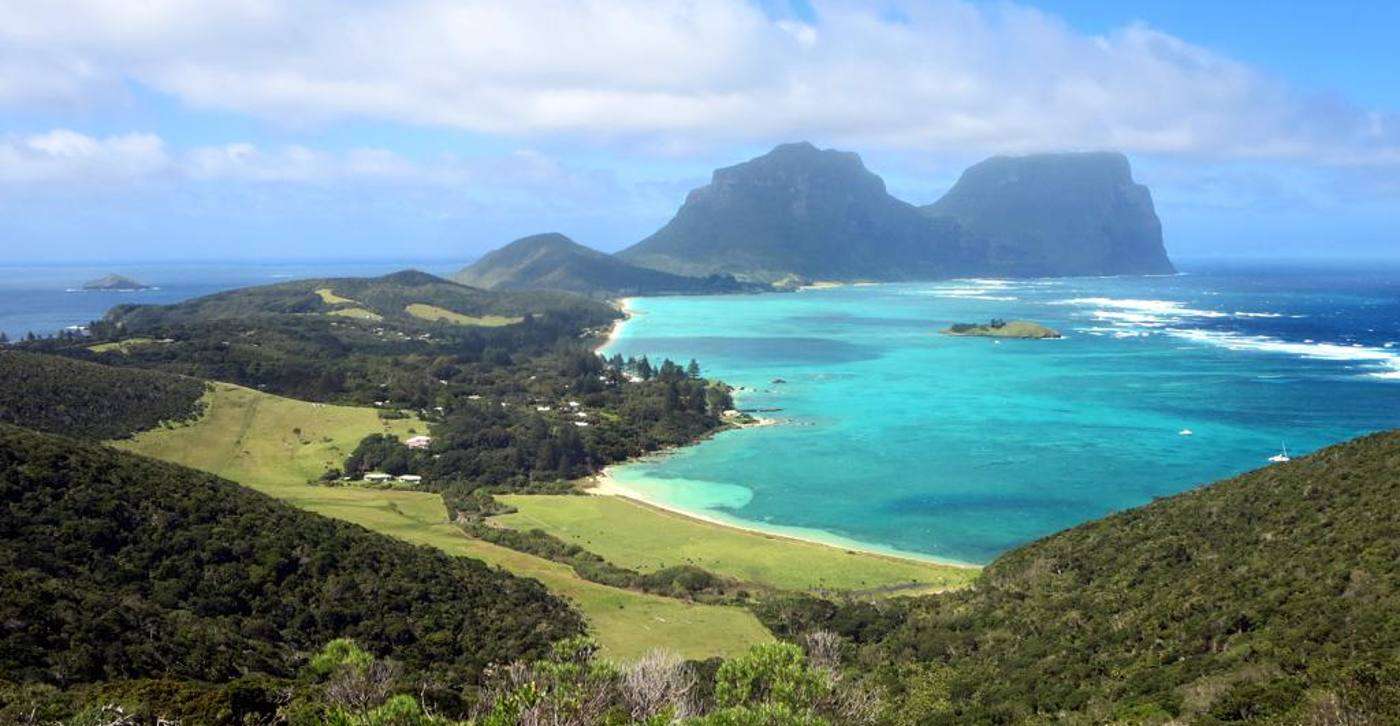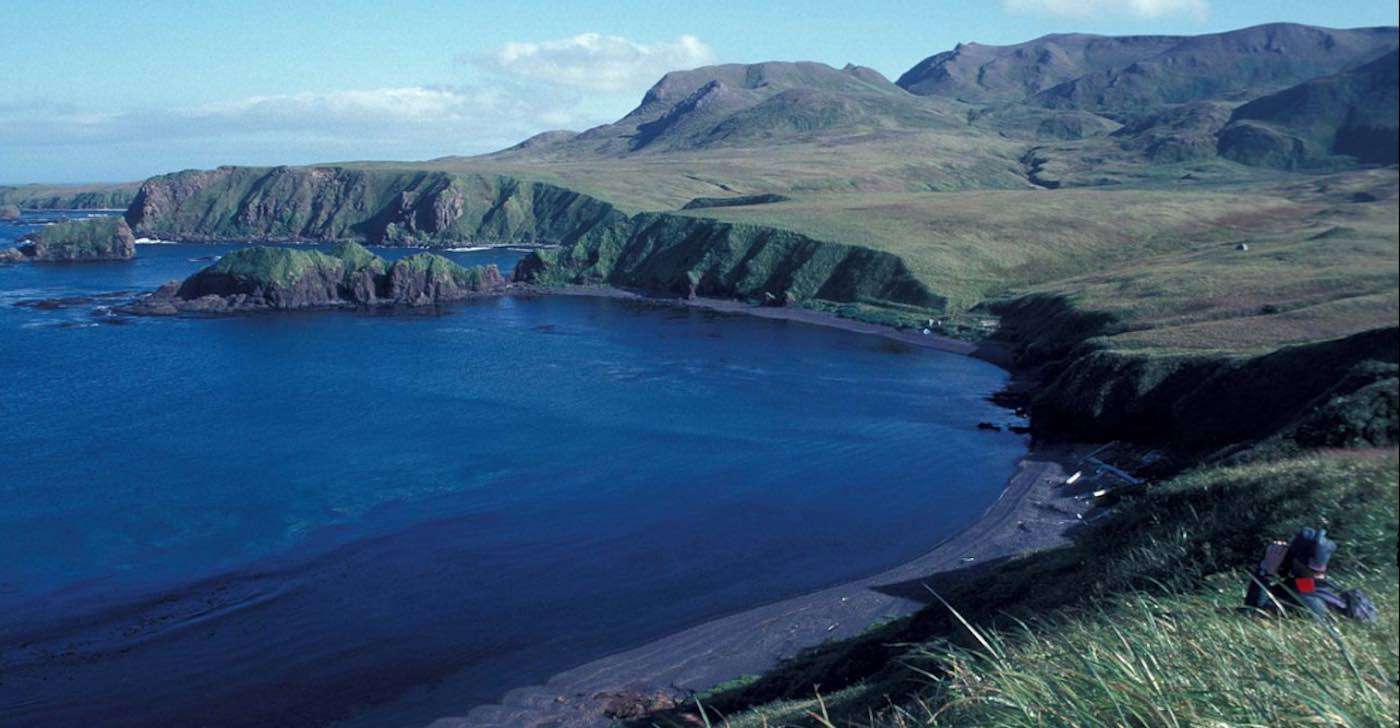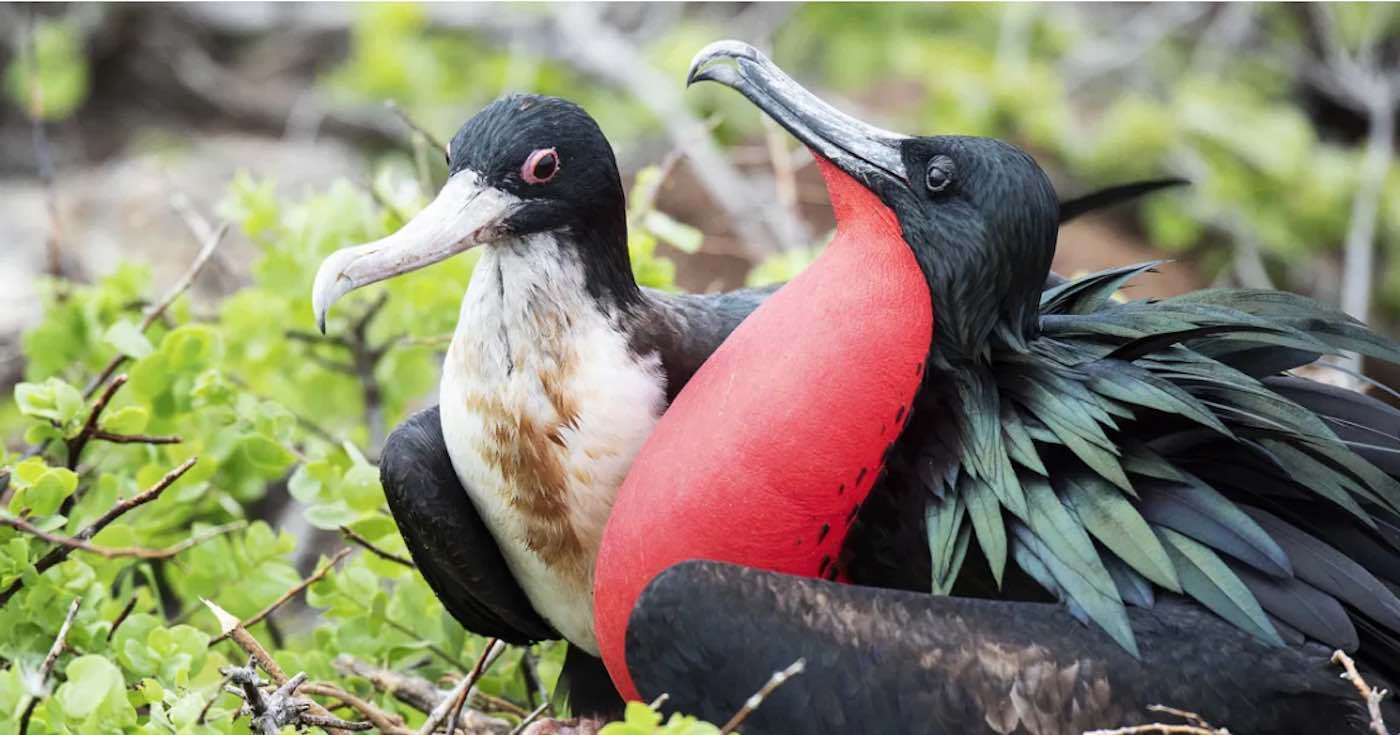Archaeologists Discover a 'Master Blacksmith's' Workshop Dating to the Very Dawn of the Iron Age in Britain
Established at around 771 BCE, smithing of iron had reached a very high level mere decades after ironworking first arose in Britain.

This week WS reported that for the first time in over four decades, Peruvian diving petrels have four active natural nests on Chañaral Island, Chile, after a dedicated conservation group cleared the island of a deadly invasive species. But this is just one chapter in a long, often untold story.
Reporting on the climate crisis became one of the most popular beats for journalists around the world, and the term "sixth mass extinction" quickly and repeatedly found its way onto front pages across the West. It's not even close to an appropriate term, though, since the previous 5 mass extinctions involved the die-off of 70% or more of all species on Earth.
But even if there are parts of the globe where that term accurately describes the degradation of the natural environment, just on its own, the success of protecting and restoring isolated island ecosystems like Chañaral, experienced in the last 2 decades merits the abandonment of the phrase "sixth mass extinction."
For example, WS has reported on successful eradication campaigns of invasive species on the islands of, Macquarie, Lord Howe, Tetiaroa Atoll, Redonda, Sombrero, and Hawadax.
When the Kyoto Protocol for biodiversity targets set between the decade 2010 and 2020 came due, the only target that was considered achieved was the eradication of invasive species; mostly on islands.

The report cites 800 invasive mammal eradications on 181 islands worldwide, ensuring the survival of 236 native terrestrial species, and even more seabirds. Island Conservation, the non-profit working on Chañaral, has on its own successfully restored 65 islands worldwide, benefiting 1,218 populations of 504 species, and subspecies, with recent examples on Kamaka in French Polynesia, Ngerkeklau Island in Palau, and the Wallis and Futuna Islands.
Island Conservation reports there have been over 1,000 island invasive species removal projects worldwide, "all resulting in long-term benefits to native species and other 851 seabird restoration projects targeting 138 seabird species," the organization stated recently.

On the Galapagos archipelago alone, giant tortoises have been restored from the very brink of extinction to their native habitat on Española, land iguanas were returned to Santiago Island for the first time in 200 years, and eradication programs restored the native habitat on Seymour Norte and Mosquera islands, befitting seabirds like those above.
In 2020, the UK government established the Atlantic Ocean's largest marine protected area when they enclosed the 200 square kilometer island of Tristan da Cunha, and 700,000 square kilometers of ocean—an area three times as large as Britain.
Far from there being a sixth mass extinction event taking place, newspapers might be missing what's becoming the greatest conservation story ever told.
TELL The Greatest Conservation Story Ever Told To Your Friends…
Be the first to comment